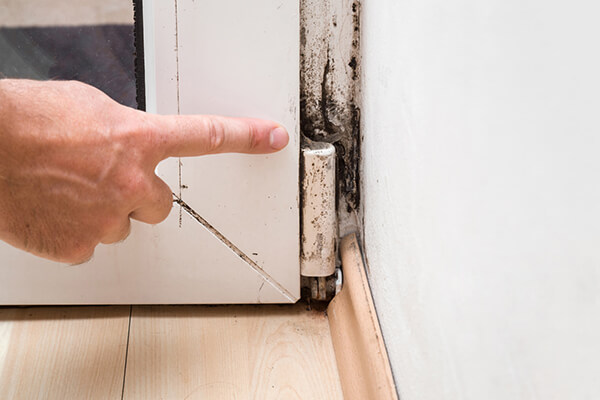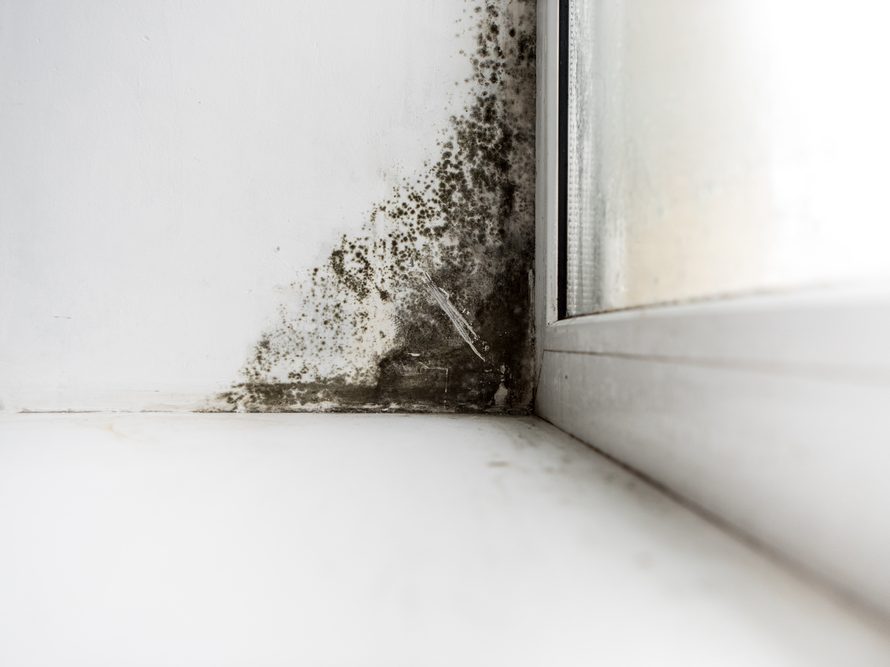Your Ultimate Overview to Blog Post Mold And Mildew Remediation Techniques
Navigating the world of post-mold removal strategies is a thorough procedure that demands attention to detail and a detailed understanding of the ins and outs included. In the aftermath of mold and mildew invasion, knowing how to properly eradicate the mold and mildew and avoid its reoccurrence is critical for maintaining a healthy and balanced interior atmosphere. From selecting the appropriate cleansing and sanitizing techniques to executing strategies for lasting mold avoidance, each action in the remediation trip plays a crucial function in guaranteeing a successful outcome. As we start this exploration of post-mold removal techniques, we will discover the key approaches and best techniques that can aid you restore your area to its pre-mold condition and secure it against future mold and mildew risks.
Comprehending Post-Mold Remediation Process
After completing the mold and mildew removal procedure, it is vital to comprehend the post-mold removal methods that are necessary to guarantee a effective and thorough cleanup. Once the mold and mildew has been gotten rid of, the next action involves cleansing and disinfecting the influenced areas to stop any regrowth of mold and mildew.
Moreover, conducting a final inspection post-remediation is vital to ensure that all mold has actually been effectively removed. If the assessment exposes any kind of sticking around mold and mildew, added removal might be essential.
Effective Cleaning and Disinfecting Methods

Avoiding Future Mold Growth

Relevance of Appropriate Ventilation
Appropriate air flow plays a critical function in stopping wetness build-up, a crucial variable in mold and mildew growth within interior environments. Reliable air flow systems assist remove excess moisture from the air, reducing the opportunities of mold spores finding the dampness they need to spread out and sprout. Without ample ventilation, interior areas can become a breeding place for mold and mildew, causing potential health and wellness risks and architectural damage.
By making certain proper air blood circulation, ventilation systems can likewise aid in drying out wet locations faster after water damage or flooding occurrences, better discouraging mold and mildew development. Post Remediation Inspection near me. In areas like washrooms, cooking areas, cellars, and attics where dampness degrees often tend to be greater, installing and maintaining effective ventilation systems is important in stopping mold and mildew problems

Tracking and Maintenance Tips
Provided the vital function that proper air flow plays in stopping mold development, it is crucial to establish effective surveillance and maintenance pointers to make sure the continued performance of air flow systems. Normal examinations of ventilation systems need to be conducted to examine for any kind of indicators of obstructions, leaks, or breakdowns that could restrain appropriate air movement. Tracking humidity degrees within the building is likewise crucial, as high moisture can add to mold development. Setting up a hygrometer can aid track humidity degrees and sharp house owners to any spikes that might require interest. Additionally, making sure that air filters are regularly cleaned up or changed is vital for keeping the efficiency of the air flow system. Applying a schedule for routine upkeep tasks, such as duct cleansing and HVAC system evaluations, can aid prevent issues before they intensify. By remaining aggressive and attentive to the condition of air flow systems, building proprietors can properly reduce the danger of mold and mildew regrowth and keep a healthy and balanced interior atmosphere.
Final Thought
Finally, post-mold removal strategies are essential for making sure a safe and tidy environment. Recognizing the procedure, carrying out efficient cleansing and disinfecting techniques, protecting against future mold and mildew growth, maintaining correct ventilation, and normal tracking are all essential actions in the remediation procedure. By following these standards, you can efficiently remove mold and mildew and avoid its return, promoting a healthy and balanced living or working space for all residents.
In the results of mold invasion, knowing how to properly get rid of the mold and mildew and prevent its reoccurrence is extremely important for preserving a healthy indoor atmosphere. Once the mold and mildew has been gotten rid of, the following action entails cleansing and decontaminating the impacted locations to prevent any kind of regrowth of mold and Post Mold Remediation mildew - Post Mold Remediation. After getting rid of noticeable mold and mildew growth, it is essential to cleanse all surfaces in the damaged location to get rid of any staying mold spores. To additionally boost mold and mildew prevention measures, it is important to resolve underlying issues that at first led to mold development.Given the important duty that proper air flow plays in stopping mold and mildew development, it is important to develop effective monitoring and upkeep tips to ensure the ongoing capability of air flow systems